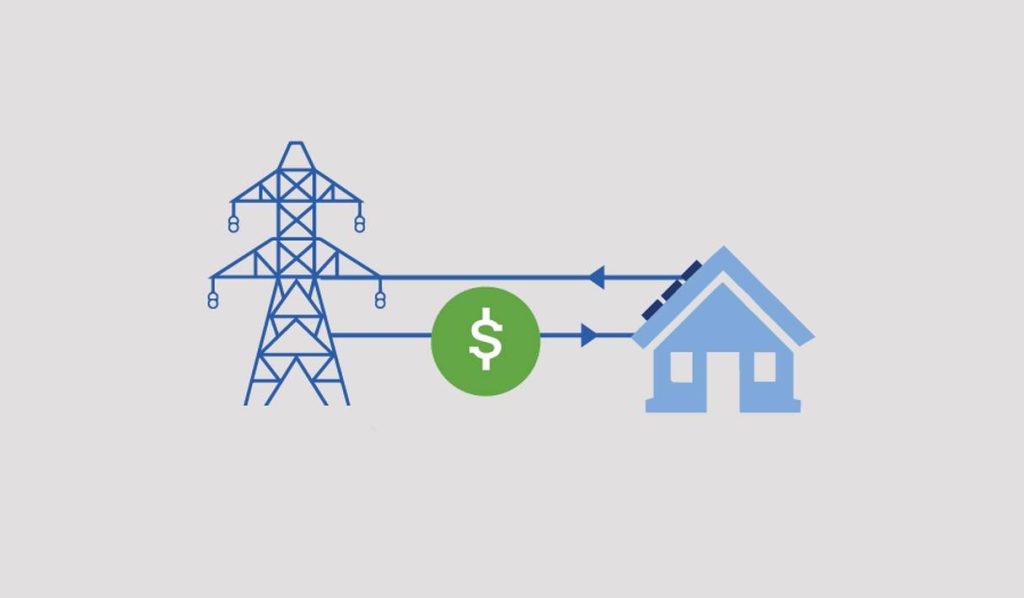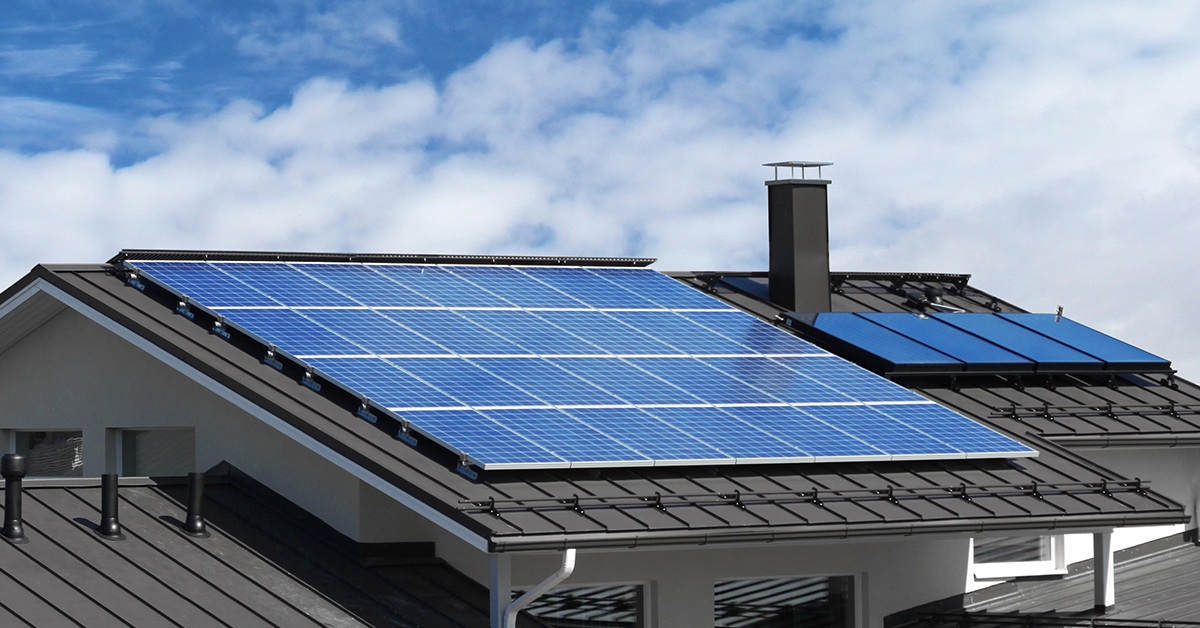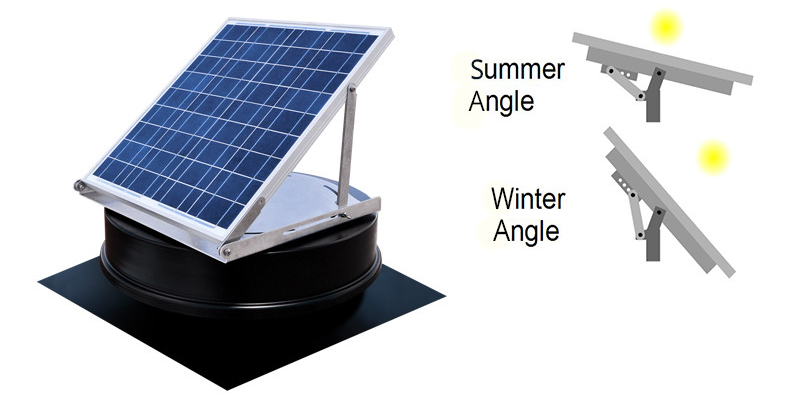
The global community is increasingly adopting renewable energy sources like solar to curb hazardous gas emissions. Solar energy stands out […]

As an Australian homeowner, it’s great that you have decided to adopt a solar solution in the land Down Under. While soaking in the sun and surfing may be some of the top national pastimes, harnessing UV rays for energy production is an essential bonus.
However, before you rush to install a system on your roof, you should understand how much energy you can expect to produce from those panels.
The following article will allow you to make the best from rooftop solar panels in Australia.
How Solar Panels Work to Produce Electricity?
Solar Power Made Affordable: Government Rebates, Zero Upfront Fees. Embrace a brighter future with solar power.
These cells contain silicon layers treated with chemicals that absorb sunlight and convert the energy into direct current (DC) electricity.
When sunlight hits the PV cells, the energy knocks electrons loose from their atoms, allowing them to flow freely.
This flow of electrons creates an electric current – also known as the “photovoltaic effect.” The more intense the sunlight, the more electrons are knocked loose and the stronger the electric current is.
The DC electricity produced by the PV cells is not compatible with most home appliances nor with the power grid.
An inverter converts the DC into an alternating current (AC) that households can use. The inverter also helps optimize the energy for peak efficiency.

Australia has abundant solar resources and enjoys some of the highest solar irradiance levels in the world. As a result, solar energy plays an increasingly important role in Australia’s energy mix.
Installed Solar Capacity
The Clean Energy Regulator claims that at the beginning of 2020, Australia had more than 2.2 million rooftop solar photovoltaic (PV) systems installed, with a total output capacity of more than 10 gigawatts.
This is over 20% of Australia’s National Electricity Market’s total power-producing capacity.
The major contributor is rooftop solar systems serving the residential sector. This represents more than 60% of the installed small-scale solar PV capacity. The Australian government aims to source 33,000 gigawatt-hours of Australia’s electricity from renewable sources by 2024.
Solar and wind installations will be the two key contributors; multiple government rebates and incentive programs have led to a very rapid growth in residential and commercial solar installations over the past decade.
The amount of power generated by solar panels depends on several factors that vary significantly based on geographic location and time of year.

How you position your panels can directly increase or decrease their productivity. Installing them at an angle that maximizes exposure to direct sunlight during the middle of the day will yield the highest output. In Australia, a tilt angle of 20 to 30 degrees is typical.
Facing panels north is ideal for maximum sun exposure. East or west-facing panels will still work but may produce slightly less energy, especially during the morning or the afternoon.
The location and climate of the area determine the intensity and the duration during which the solar panels receive sunlight.
Locations near the equator experience more direct sunlight than those at higher latitudes, which allows them to produce a higher solar panel output.
Desert climates typically have more days of clear weather and less cloud coverage than temperate climates, positively impacting solar panel performance.
The type of solar panels you choose also affects how much power they use. Higher efficiency panels, such as monocrystalline silicon models convert a higher percentage of sunlight into energy compared to less efficient polycrystalline panels.
Of course, more efficient are more expensive, so you’ll need to weigh the costs versus potential energy savings.
This section explains how much vitamin D your solar panels are likely getting in Australia. Australia’s sun-drenched climate means solar panels can soak up significant sunlight rays and churn out a lot of kilowatt-hours.
But the amount of sun exposure varies quite a bit depending on where your panels are located in Australia.
The sun beams down aggressively in the tropical north. Darwin averages over 9 hours of bright light daily, so panels will be cranking out the maximum wattage on most days. Melbourne and Sydney still get a solid 6-7 hours of direct light daily for a good portion of the year.
The further south you go, the more inconsistent the sun becomes.
In chilly Hobart, solar panels receive approximately 5-6 hours of high intensity sunlight during the summer and just 3 hours of direct light in the winter.
Output: there may be more than one option and output level.
And let’s not even talk about the southern alpine regions where the sun peeks out only to duck right behind a snow drift. Panels in the snowfields might become shut-ins for much of the year.
The good news is that overall, Australia’s solar radiation levels are still quite high compared to many parts of the world.
Even in the southern states, the sun emits much energy when shining. According to Australia’s solar atlas, Hobart still averages over 5 kilowatt-hours of solar radiation per square meter per day annually.
So, while your panels may not receive long periods of quality sunlight down south, the time during which they operate will make them rather productive.
To calculate the average daily output of a solar panel system in Australia, you must consider several factors, such as the panel wattage, hours of peak sunlight, and seasonal weather variations.
The wattage of your solar panels determines their maximum power output.
For example, a 5kW system with ideal conditions can produce up to 5,000 watts (5kW) of AC power per hour. However, the output is usually lower based on available sunlight and weather.
Australia’s climate ensures ample sunlight, especially in northern areas, so a residential system is typically sized between 3kW to 10kW. The final wattage depends on your average energy consumption and available roof space.
The hours of peak sunlight – typically 10 a.m. to 3 p.m. – are the periods when your solar panels produce the most power. In Australia, you can expect 4 to 6 hours of peak sunlight daily, depending on the season and location. More sunlight means a higher daily output.
Understanding your area’s average daily energy output from your solar panels will allow you to make the most of your solar installation.
Knowing your region’s average solar panel output per day helps determine how many panels you need to power your home.
Compare the average daily kWh output of panels to your average daily energy consumption to calculate the proper system size for your needs.
Under-sizing your system will mean it won’t produce enough energy whereas oversizing it is costly and often unnecessary.
Using data on the peak hours of sunlight and the maximum panel output, you can take steps to maximize your energy production.
For example, run high-energy appliances like the dishwasher, washing machine, or pool filter when your panels are producing their highest output in the middle of the day. Consider a tracking system for your panels to follow the sun throughout the day.
This guide offers a scientific insight into how much radiation you can expect to receive if you adopt a solar solution system in Australia.
Still, the figures may not be as high as you had imagined when you took the first step. The reality is that solar panels can still provide a sizable portion of your energy needs and save you greatly on energy costs.
Not to mention, you get to take action and do what is good for the planet.
Granted, there will be days when the panels sit idly like expensive lawn ornaments, but over a year, they will provide a decent return for their investment. Any energy you can harvest from the sun for free is energy you don’t have to pay for. And that is what makes going solar worth it.
Solar Solutions at Zero Cost: Government Rebated Installations! Invest in Sunshine with No Upfront Costs.